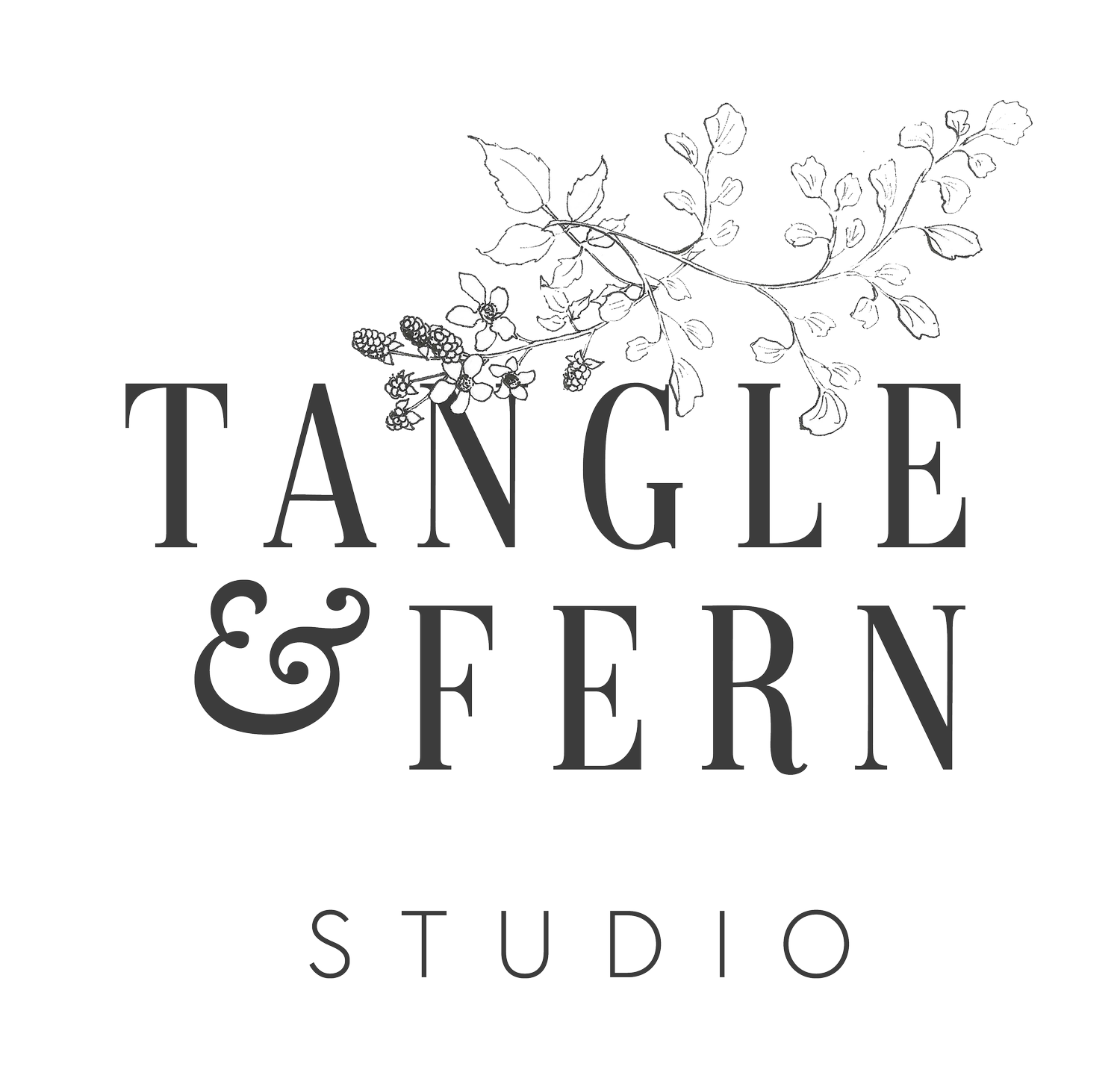Descriptive product shots
You set the mood and told a story in the previous activity, one that helped your audience members imagine what their lives might be like with your product in it. Now, we are going to help them figure out whether it actually fits.
Where context was essential for telling the story in your previous photographs, in this case, we want to remove as much of the context as possible from the frame.
Our goal is to show them exactly what the item looks like and consists of, without anything else to distract from it.
We are trying to answer as many questions your audience members and customers might have as possible. Questions like “How big is it?” and “What shade of blue is it?” and “What’s it like inside? Underneath.”
Return to the product you photographed in the previous activity, grab your camera and smartphone, and let’s shoot some descriptive images.
Homework
Set up a DIY studio using the photography tips below, and take “descriptive photographs” of as many of your products as you can. When you’re done, drag your photos into your “Products” file, and name each one according to the product featured, to make them easy to find.
Photography tips
-
1. Content & composition
The goal of these photographs is to share an honest representation of your product, enabling people to properly understand what it will look like.
Take as many photographs as you think necessary to share this information. Consider:
Different angles or sides of your object, including underneath if relevant
If it opens or changes shape in any way, be sure to show this
Adjusting the white balance (see tip #5) will help ensure that the colours are as true as possible
If size is important for you object, either photograph it next to a ruler, or next to a familiar object that helps create a sense of scale, like an apple or a tea-cup.
-
2. Light boxes
If you plan on running an online shop, it’s probably worthwhile investing in a light-box system.
You don’t need something expensive (I spent $40 on my fold-out one, though it only suits smaller objects), but they are great for casting soft, filtered, no-shadow light, on an all-white surface.
Here’s a list of options.
-
3. Natural light
2. If you don’t have a light-box, be sure you position yourself next to a window or door that provides loads of natural light (but not in direct sunlight).
Don’t turn any lights on - use only natural light!
-
4. White backgrounds
Use white walls for backgrounds, or prop up large sheets of white cardboard if you don’t have the wall-space. I also place large sheet sof white cardboard on the table, so my whole background (base and sides) is white.
If your product is large, and you don’t have a white wall big enough, think about draping white bedsheets or curtains to give you that neutral background.
-
5. White balance
Try to keep the white balance in your photograph as neutral as possible. This means the whites in your photograph are pretty similar to the white of a sheet of copy paper.
If you know how, do your best to adjust the white balance before you click.
If not, you can edit this later on. Look for the little picture of a thermometer in the “edit” app on your ‘phone, and slide it left or right to make your whites warmer (more yellow) or cooler (more blue). The goal is to find white in the picture and match it as closely as possible to a sheet of paper.

